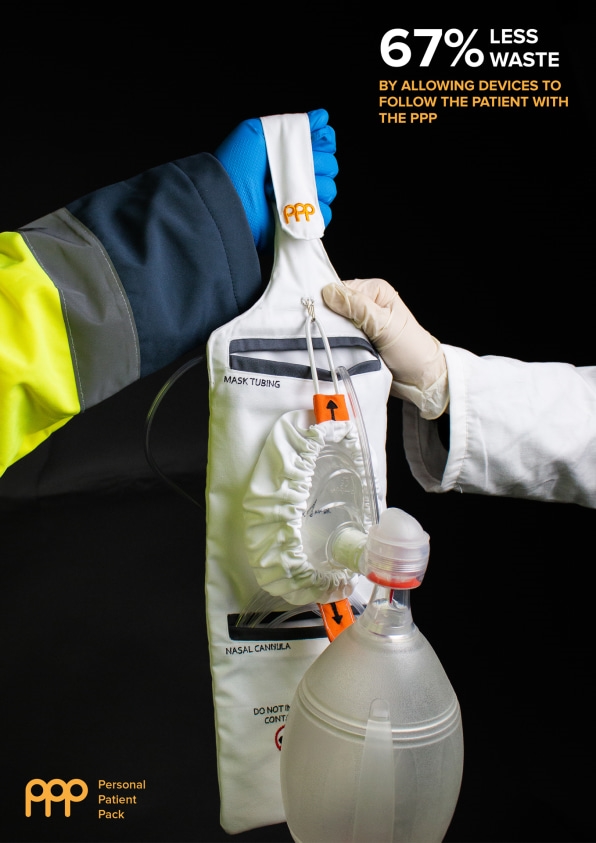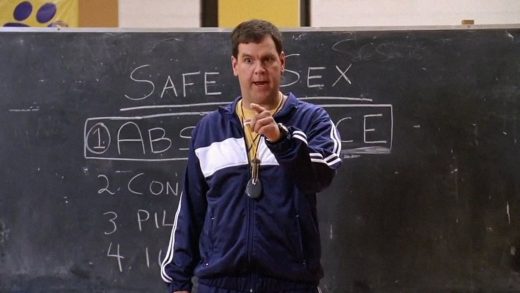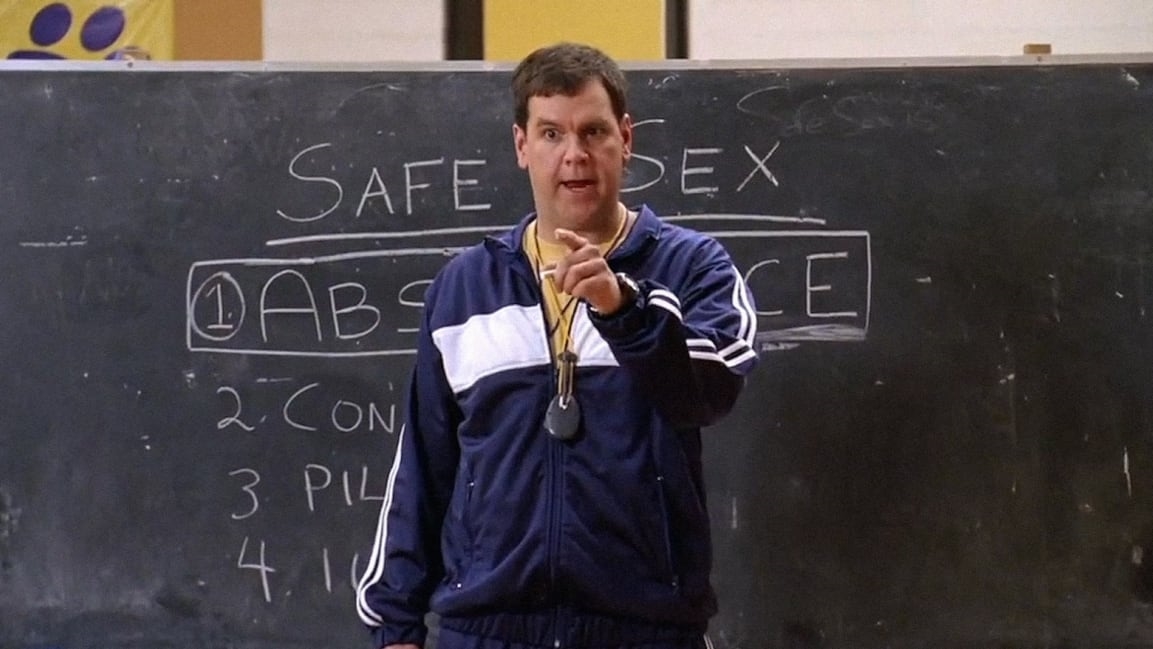These concept ads are great ideas for social good campaigns that don’t exist yet
“Seventy percent of black girls can’t swim.” That message flashes in large letters at the start of a new two-minute ad for Adidas. It’s part of why black children are more than five times more likely to die from drowning than white ones.
“But why?” asks the next bold pop up. That’s a complicated question with likely many factors involved including systemic poverty and oppression, but the Adidas ad focuses on at least one that the company can explain via cheerful montage: Cue a sizzle reel of many African American women with amazing hairstyles—and then the effort that goes into cutting, braiding, combing, and styling them. “For black girls, our hair is everything,” intones a narrator. “It’s our identity, our personality, our crowning glory.”
The point is that many black girls may not want to swim because pool chemicals damage their hair, and swim caps don’t always fit correctly. Once they miss early chances to learn, it’s hard to catch up.
But Adidas promises to solve that issue through a new program called Make Waves With Waves, which offers free swimming lessons for young women of all abilities starting in London’s typically black communities along with a global rollout of “afro-fit” swim caps for all black hairstyles and specialized haircare products for after swimming.
The program features a role model like Simone Manuel, the first black woman to win an Olympic gold medal for swimming, and includes billboard ads featuring black female silhouettes sporting the colorful caps and empowering messages like, “You’ve got the crown, now rule the waves” or “It’s time to turn the tide.”
There’s just one catch: Adidas didn’t make it. Jack Parker and Savannah Finestone, two design students from West Herts College, did. The commercial is totally speculative but based on a real Adidas brief about values the company finds important. It also just won top honors in the D&AD New Blood Awards advertising competition by earning recognition for both general excellence and having a particularly empowering social message.
The New Blood awards are put on annually by British design and advertising educational charity D&AD. The goal is to allow aspiring creatives to make conceptual campaigns for top brands about issues or causes that those brands say they want to promote. The companies may use the best briefs while the contestants get to highlight their talent to future employers.
“D&AD New Blood Awards’ goal is to support, champion, and showcase the best in emerging creative talent,” says Paul Drake, the D&AD foundation director, in an email to Fast Company. “In the current global political and social climate, we believe it is more crucial than ever to bring young, creative minds with powerful ideas that could change the world to the fore. We want the next generation of creative pioneers to prove that purpose and profit can coexist.”
In addition to Make Waves With Waves, three other contestants took home what they call their White Pencil awards, which Drake says go to “outstanding work that uses the power of creativity to do good in the world—even when tackling a predominantly commercial challenge.” Beyond simply talking about important issues, work has to be “truly standout” in how it promotes change. Make Waves With Waves does that because it “addresses a genuinely serious problem but in a sensitive and optimistic way,” he says.
Young designers Per Berge Moe and Sollin Saele from Westerdals Oslo School of Arts Communication and Technology won their award for “School of Porn,” a campaign for Durex promoting a branded (and still theoretical) sex education channel on YouPorn. The idea is to reach boys where they often learn unrealistic ideas and expectations about sex. Warning: The video is potentially not safe for work.
Another winning duo, Mathias Gudberg Juel and Oliver Strzelbicki, from the Danish School of Media and Journalism developed a prospective “SAVE THE BEErS” spot for English brewing giant Adnams. The humorous campaign points out that the equivalent of roughly 9 million beers are wasted annually in the U.K. because of what bartenders spill into pub drip trays. That waste can be recaptured and repurposed in the form of a beer spray that would work as bee attractant, drawing more bees to the company’s hops plants. Hops, in turn contain a specialized spore that’s known to kill varroa mites, one of the factors leading to the decimation of bee populations.

In a different category that focuses on design-based entrepreneurship, Hannah Grogan and Maire Kane of the National College of Art and Design in Dublin invented earned honors for what’s called the “Personal Patient Pack.” It’s a medical supply carrying system that uses RFID technology to let emergency responders assign what might otherwise be single-use life-saving equipment—like an oxygen mask—to a patient the time it’s first deployed. That same device is then moved along in a washable carrier as the person enters the emergency room and intensive care. The idea is to stop waste, rather than using lots of disposable equipment.
(17)



